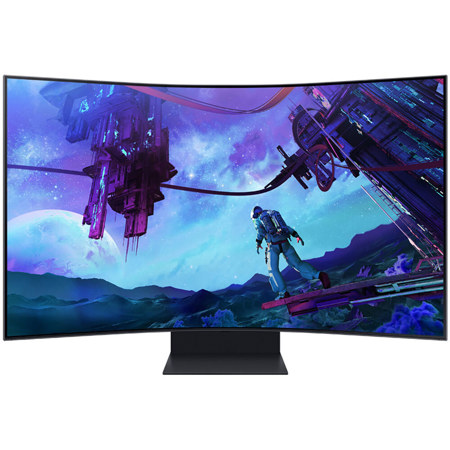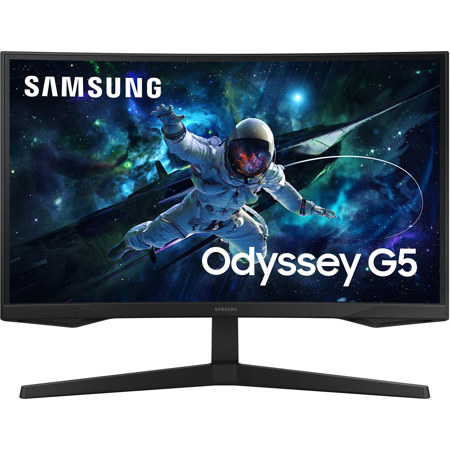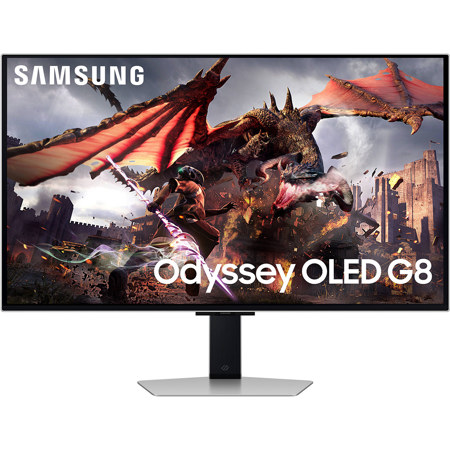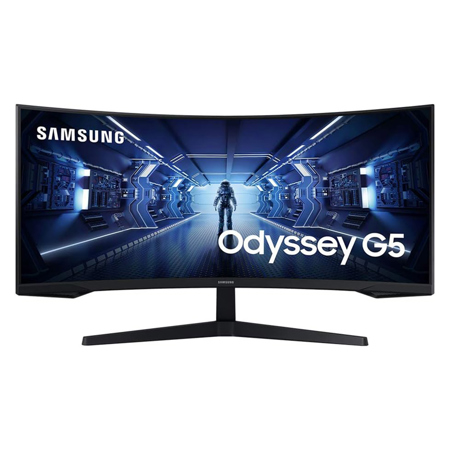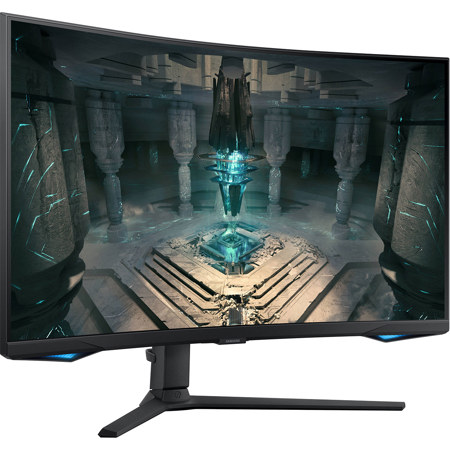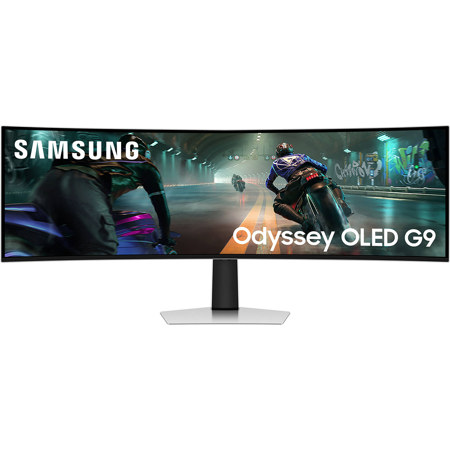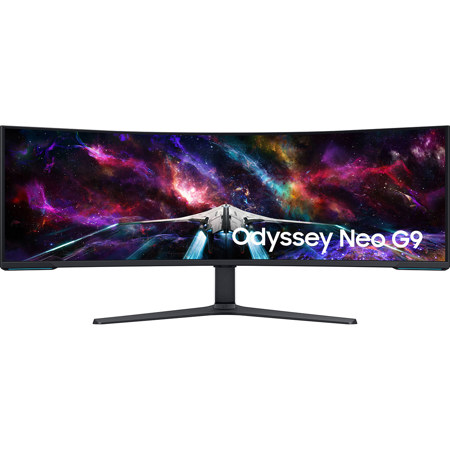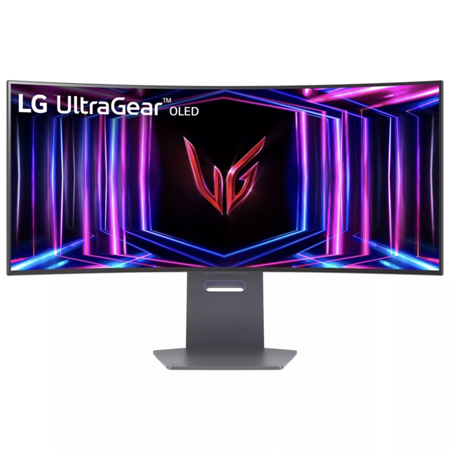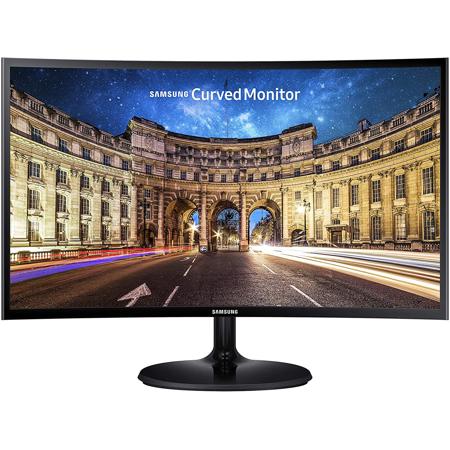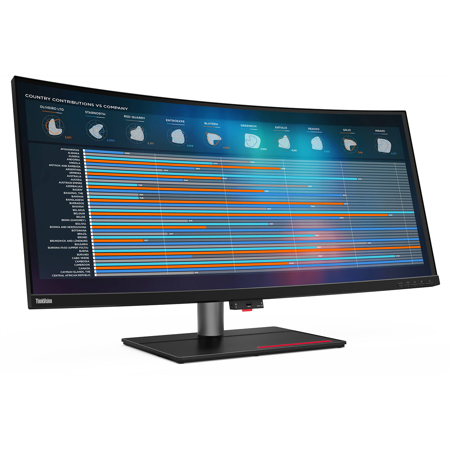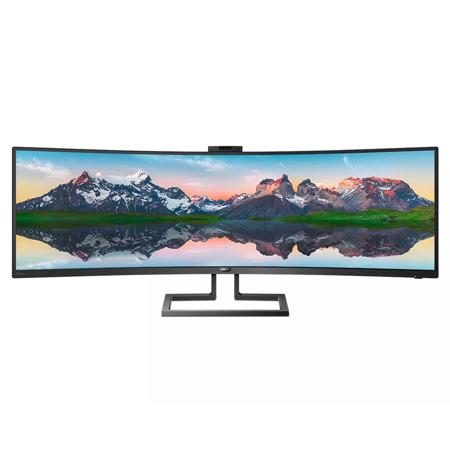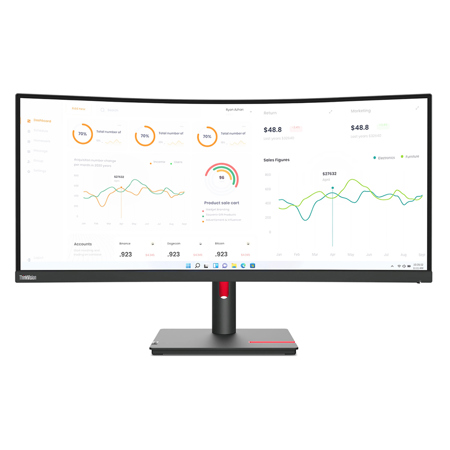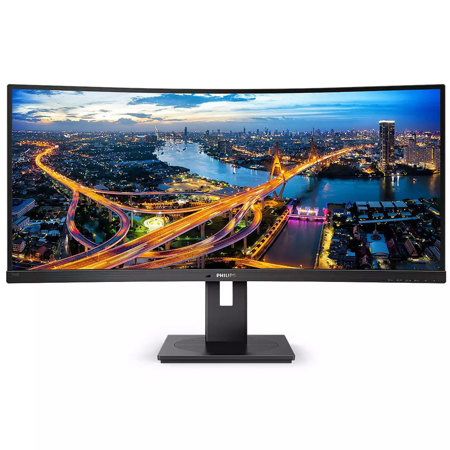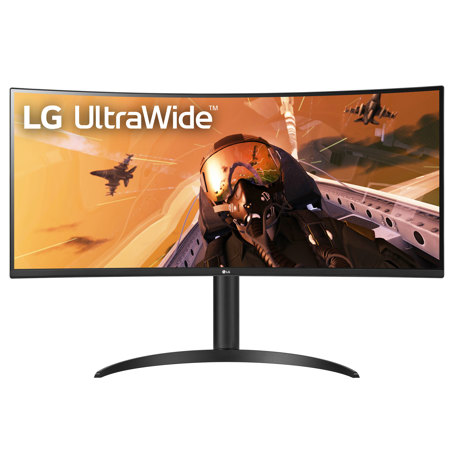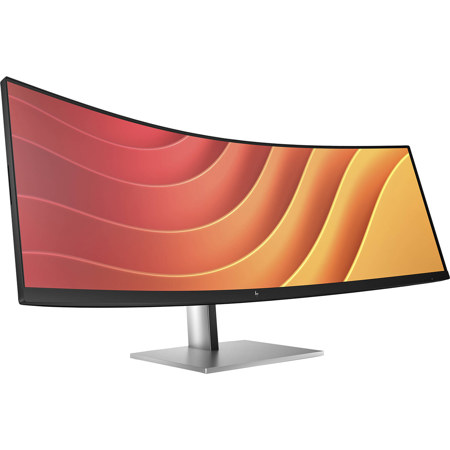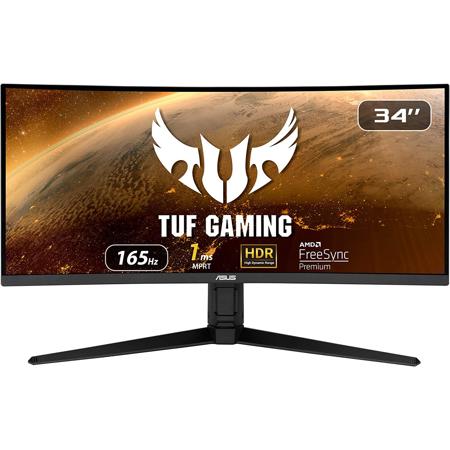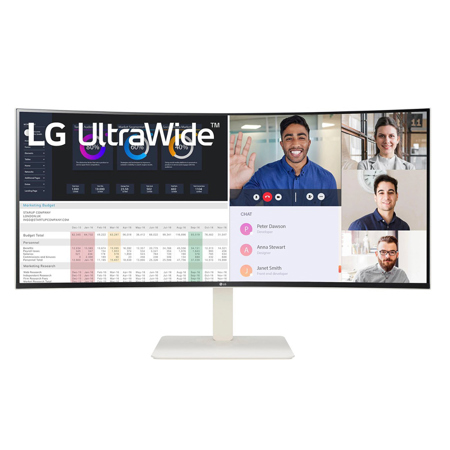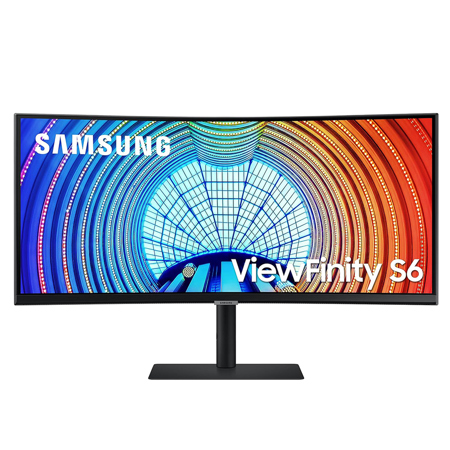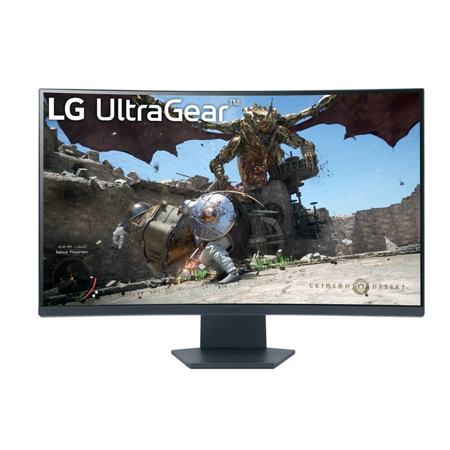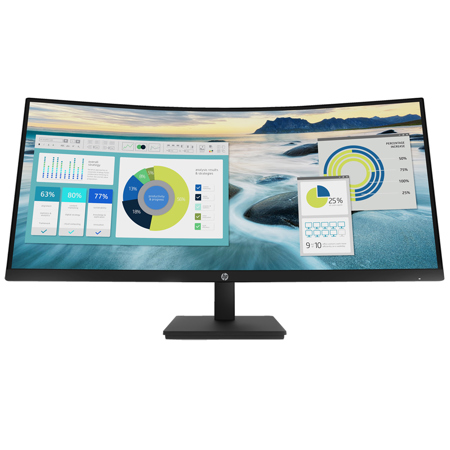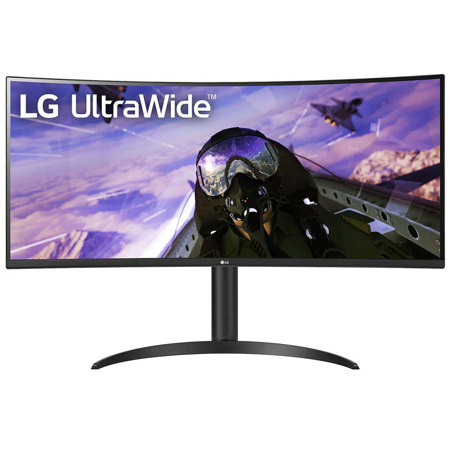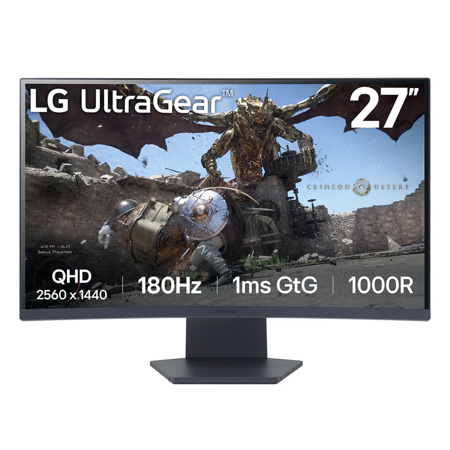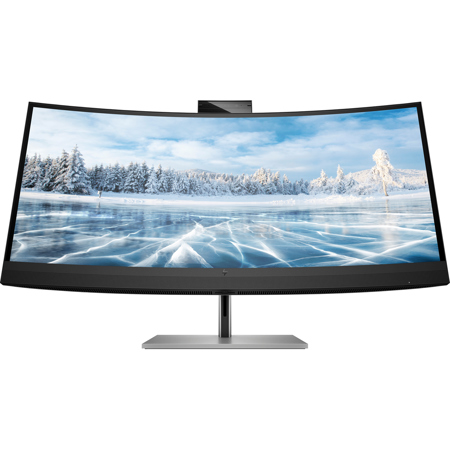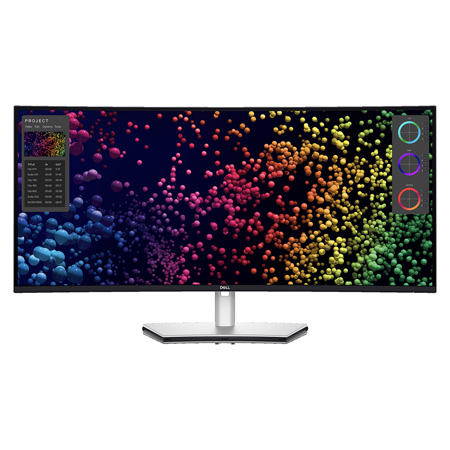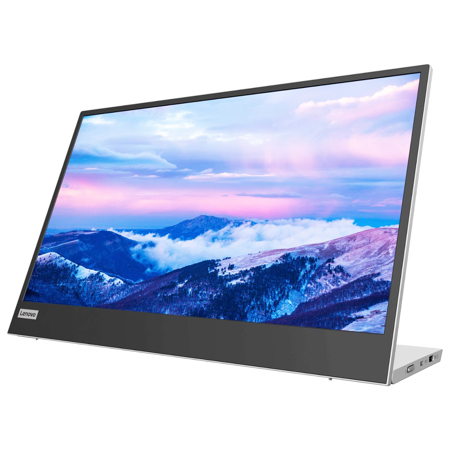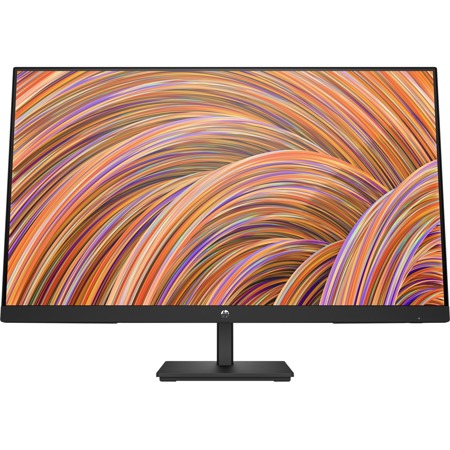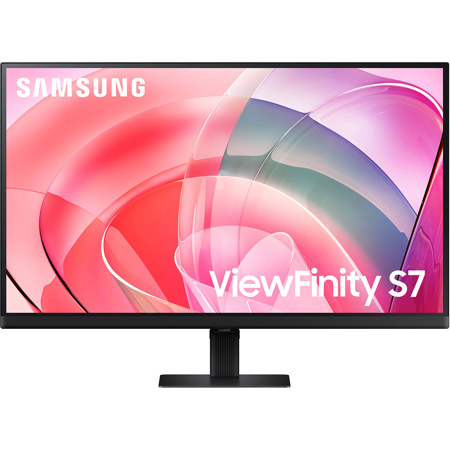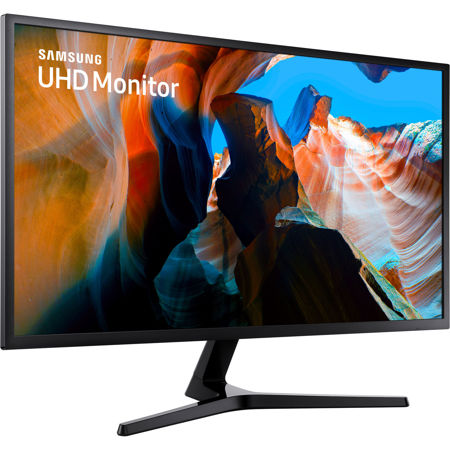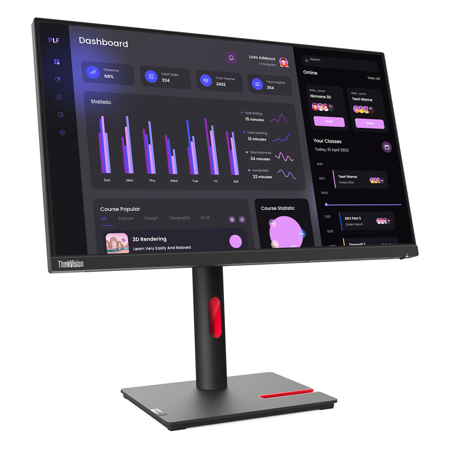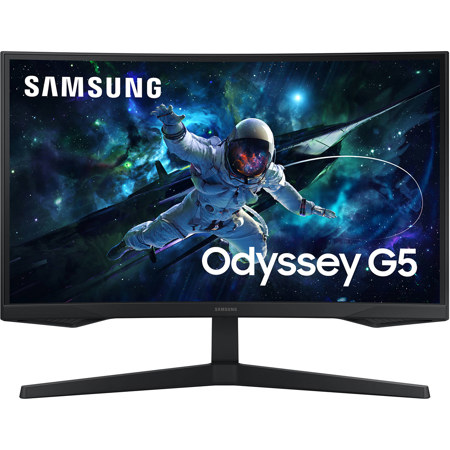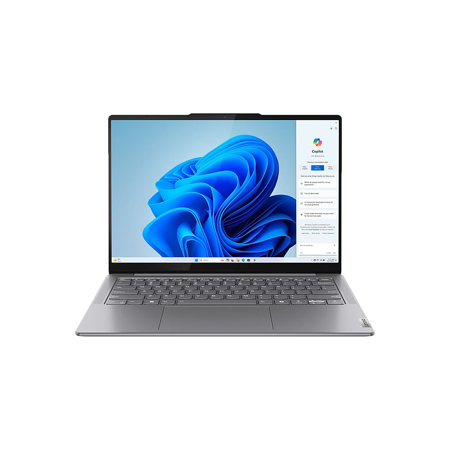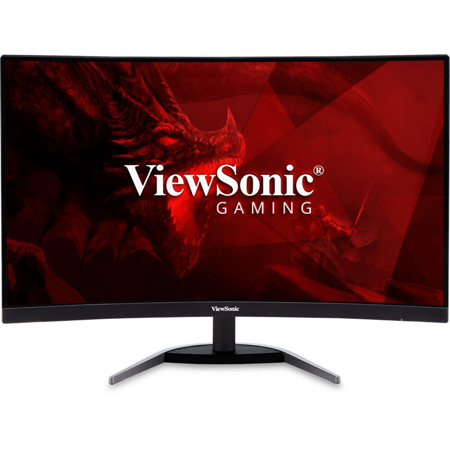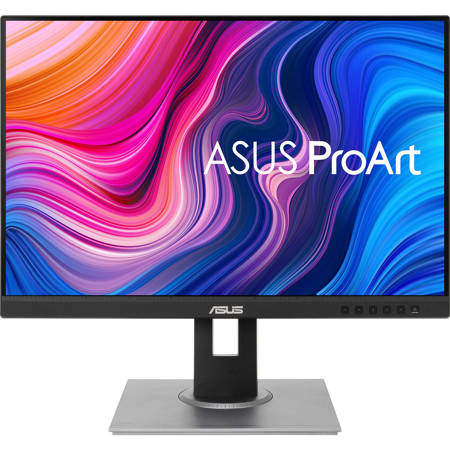Curved Monitors For Graphic Design
When searching for the ideal display to elevate your creative process, a curved monitor for graphic design stands out as a transformative tool. The gentle arc of a curved screen envelops your field of vision, creating a more immersive and natural viewing experience that reduces distortion at the edges and minimizes eye strain during long editing sessions. This is especially valuable for graphic designers, illustrators, animators, and digital artists who spend hours perfecting every detail, color, and line. With the wide color gamuts, high resolutions, and fast refresh rates that many curved monitors offer, you’ll notice how gradients appear smoother and color transitions more lifelike, making it easier to achieve precise color grading and retouching. The subtle curve can also help maintain consistent viewing angles across the entire display, so when you’re working on large-format layouts or multi-layered compositions, you can trust that what you see is accurate from edge to edge.
Summer is a season of inspiration, with long days and vibrant colors all around, making it an ideal time to dive into new creative projects or refresh your workspace. A curved monitor isn’t just a practical purchase—it can be a thoughtful gift for a design student heading into a new semester, a professional upgrading their home studio, or anyone passionate about digital art. Imagine the difference it makes when reviewing intricate vector artwork or retouching high-resolution photographs: the wraparound effect draws you into your work, helping you focus and immerse yourself fully in the creative flow. For those who multitask, the expansive screen real estate of a curved monitor for graphic design allows multiple windows and palettes to be open simultaneously, streamlining your workflow and keeping your creative momentum uninterrupted. Whether you’re preparing print layouts, editing video, or conceptualizing branding materials, the right monitor supports your vision every step of the way.
Choosing the best curved monitor for your needs involves considering factors like screen size, resolution, color accuracy, and ergonomic adjustability. Many designers appreciate ultra-wide formats for their panoramic workspace, while others prioritize monitors with high pixel density for crisp, detailed imagery. Calibration capabilities and connectivity options—such as USB-C, HDMI, and DisplayPort—are also important, ensuring compatibility with your devices and peripherals. If your creative work often overlaps with office tasks or productivity applications, you might also want to explore options tailored for versatility, such as those featured on our Curved Monitor For Office Work page. Ultimately, investing in a curved monitor for graphic design is about creating a workspace that inspires and supports your best work, helping you see every project through with clarity, comfort, and confidence.
Summer is a season of inspiration, with long days and vibrant colors all around, making it an ideal time to dive into new creative projects or refresh your workspace. A curved monitor isn’t just a practical purchase—it can be a thoughtful gift for a design student heading into a new semester, a professional upgrading their home studio, or anyone passionate about digital art. Imagine the difference it makes when reviewing intricate vector artwork or retouching high-resolution photographs: the wraparound effect draws you into your work, helping you focus and immerse yourself fully in the creative flow. For those who multitask, the expansive screen real estate of a curved monitor for graphic design allows multiple windows and palettes to be open simultaneously, streamlining your workflow and keeping your creative momentum uninterrupted. Whether you’re preparing print layouts, editing video, or conceptualizing branding materials, the right monitor supports your vision every step of the way.
Choosing the best curved monitor for your needs involves considering factors like screen size, resolution, color accuracy, and ergonomic adjustability. Many designers appreciate ultra-wide formats for their panoramic workspace, while others prioritize monitors with high pixel density for crisp, detailed imagery. Calibration capabilities and connectivity options—such as USB-C, HDMI, and DisplayPort—are also important, ensuring compatibility with your devices and peripherals. If your creative work often overlaps with office tasks or productivity applications, you might also want to explore options tailored for versatility, such as those featured on our Curved Monitor For Office Work page. Ultimately, investing in a curved monitor for graphic design is about creating a workspace that inspires and supports your best work, helping you see every project through with clarity, comfort, and confidence.
